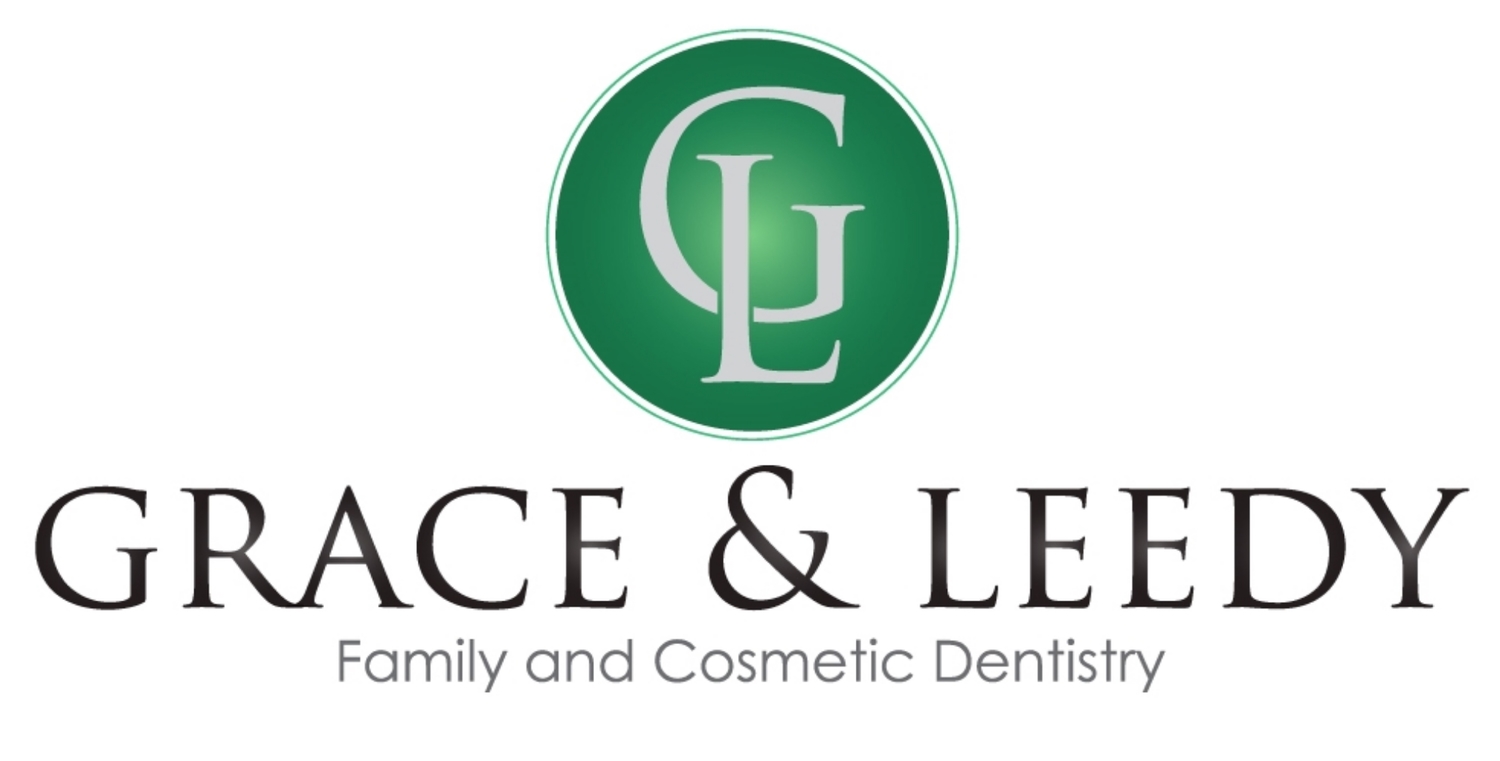
Home Vs. In Office Whitening
Today, teeth whitening treatments are more popular than ever. After all, who doesn't want bright white, shining teeth? All you need to do is flip on the TV to see numerous ads promoting easy whitening treatments and toothpastes that you can use in the comfort of your home. For many, these treatments can make a real difference, but it's easy to wonder which choice is the right one for you. Is it better to stick with home treatments or schedule an appointment with your dentist for a whitening procedure?
We can help you evaluate which option is better for you as well as the typical steps involved in each procedure. Some may be surprised to learn certain whitening treatments are more effective than others, and some methods can even have a negative impact on your teeth. Let's break down each whitening option one by one.
Home Treatments
Home whitening treatments are a popular choice for many, and most options are available over the counter with no office visit needed. They come in several forms including whitening mouthwashes and toothpastes, whitening strips and whitening trays.
WHITENING TOOTHPASTE
The healthcare aisle is packed with whitening toothpastes that promise brilliant white smiles, and these options are reasonably effective for those that just want to add a little whitening to their teeth. Most of these toothpastes are reasonably affordable, and the best options are combined with fluoride ingredients to fight cavities and tooth decay. Those searching for extreme results will likely be disappointed with the results from whitening toothpaste. In addition, it's important to know that regular exposure to whitening toothpaste can cause sensitivity in some people. Those who already have sensitive teeth should avoid using whitening toothpastes as it can increase sensitivity.
WHITENING MOUTHWASH
As an alternative to whitening toothpaste, mouthwash can be used to whiten the teeth to a small degree. Like toothpaste, the bleaching agent isn't touching your teeth for long, and you can expect only gradual whitening effects. Again, people with sensitive teeth may want to avoid using mouthwash as it can increase sensitivity. Still, whitening mouthwash is a good alternative to toothpaste for some.
WHITENING STRIPS
Whitening strips are a step up from toothpaste and mouthwash treatments, and they are somewhat more effective than the two previous options because the bleaching agent stays on your teeth longer. However, the strips need to stay on your teeth for 60-90 minutes or more for maximum effect, and aside from this being inconvenient for some, saliva can cause the strips to slide off. Several treatments are needed before the user achieves maximum results. Strips also represent an additional expense besides toothpaste and mouthwash, and they can be fairly expensive. However, they are a more advanced whitening solution you can still use at home.
WHITENING TRAYS
Whitening trays resolve the problem of strips staying put in your mouth, and they provide a similar level of whitening performance. Instead of worry about the strip sliding off, the bleaching solution is held in a tray. These trays need to be worn for a long time without eating or drinking, and many treatments recommend sleeping with the tray in your mouth. Whitening trays are one size fits all, and they can be uncomfortable for some to wear. Certain brands are disposable while others can be cleaned and reused by applying more solution in the tray. As we said these trays are effective, but since they are not custom made, they can be uncomfortable. They are also fairly expensive when compared to other home whitening treatments.
Dentist Office Treatments
Home treatments may be extremely popular with many patients today, but the most effective whitening solutions are available from your dentist's office. There are two primary methods of whitening you can get from your dentist.
CUSTOM WHITENING TRAYS
Similar to the home whitening trays, your dentist takes an impression of your teeth and sends off for a custom-made whitening tray. These fit your teeth almost exactly, and they can reduce discomfort while wearing and using the whitening tray. The effects are the same as home treatments, and you'll be using the custom whitening tray at home not in the office. This solution is slightly more expensive than the one size fits all trays, but if you want to use whitening trays long term, it's a worthwhile upgrade.
IN OFFICE WHITENING
In office whitening treatments represent your best option for optimum teeth whitening, and depending on what you choose, the procedure can be completed in one visit. It is the safest option available, and a dental hygienist can protect your gums from bleaching agents before the treatment begins. In addition, the newest bleaching gels can be applied with an exactness that reduces sensitivity and gum discomfort. The downside to in office whitening is cost. It is more expensive than other whitening options, but those who desire fast results and exact precision will prefer this option. An intense light can be used during the procedure to accelerate the results.
Final Thoughts On Whitening Treatments
There are several options available for those who want to whiten their teeth, and each provides a different degree of success at various costs. Home treatments are more affordable, but they are not as powerful as those performed in the dentist office. While you will spend a bit more for in office treatments, more powerful bleaching agents can be used and the dentist will ensure your teeth and gums are protected during the process.
It's important to remember that any whitening process isn't permanent. As you consume foods, drinks and other staining agents, the whitening can fade. If you're concerned about regular staining of your teeth, your diet and tobacco use are the first things that must be addressed. If you still have questions about whitening, we encourage you to schedule an office visit at Grace & Leedy Family Dentistry. We can walk you through all the various treatment options as well as what is best for you.
Location
10881 West Asbury Ave Suite 210, Lakewood, CO 80227
Phone: (303) 989-0452
Office Hours
MON8:30 am - 1:30 pm
TUE7:00 am - 3:30 pm
WED - THU8:00 am - 5:00 pm
FRI7:00 am - 3:30 pm
SAT - SUNClosed









comments